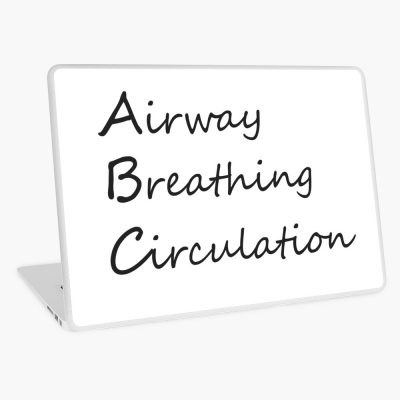
ABC and its variations are initialism mnemonics for essential steps used by both medical professionals and lay persons (such as first aiders) when dealing with a patient. In its original form it stands for Airway, Breathing, and Circulation.
A = Airway
A blocked airway can hamper a person’s ability to breathe. You can help open someone’s airway by doing the following:
- Place one hand on the person’s forehead.
- Gently tilt their head back.
- While tilting their head, use two fingers from your other hand to carefully raise their chin.
B = Breathing
Breathing supplies the body with life-giving oxygen. That’s why it’s crucial to determine whether someone is breathing or not.
To determine if a person is breathing normally, take these steps:
- Place your ear directly above the person’s mouth while looking down at their body.
- Check for the following signs of breathing:
- sound of their breaths
- feeling of their breath on your cheek
- their chest moving up and down
- Continue to do this for no more than 10 seconds.
C = Circulation/Compression
While breathing enriches the blood with oxygen, it’s the beating of the heart that delivers this oxygen throughout the body. When organs and tissues don’t receive enough oxygen, they can begin to die.
If you find that a person isn’t breathing, chest compressions are vital for restoring blood circulation in the body.
Picture Credit : Google




